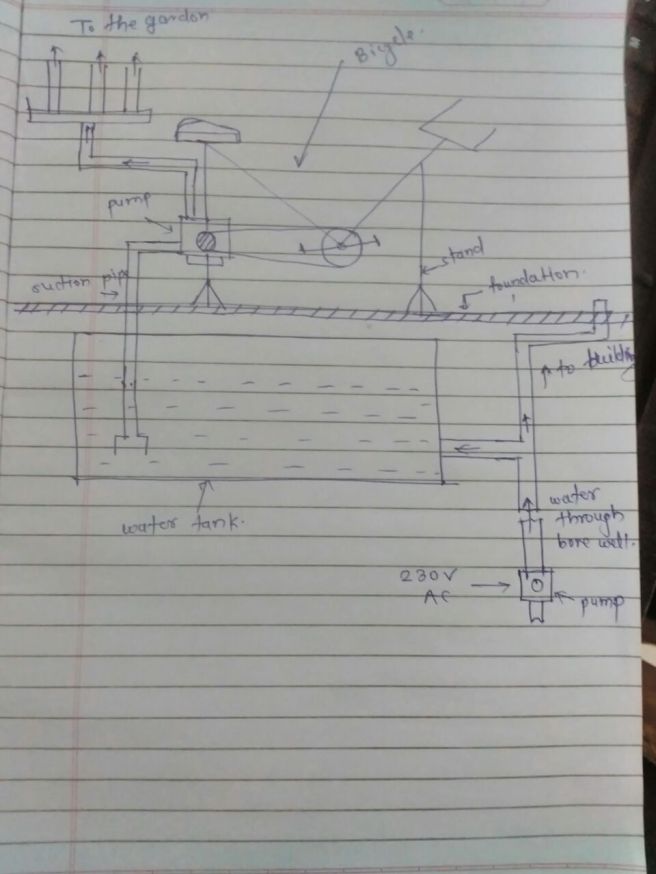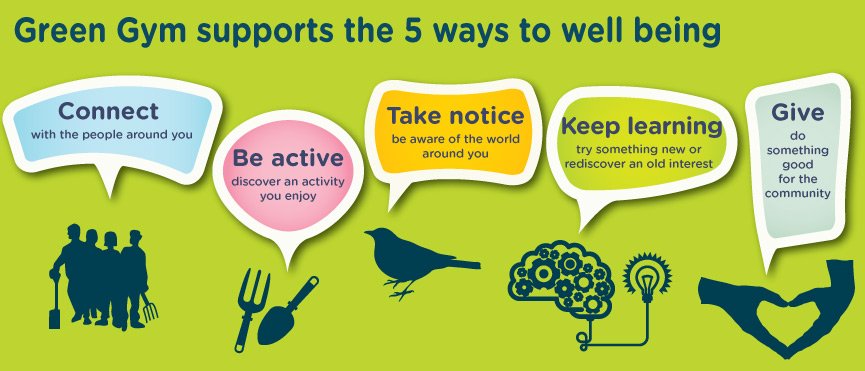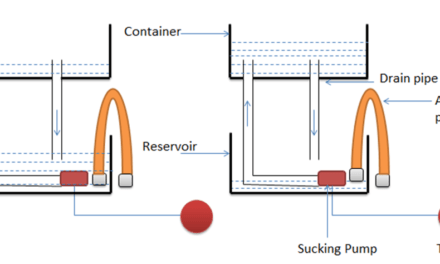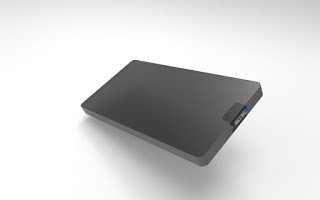Client: Abhinav Group, Pune
Designer student:
Miss. Dipali Kambale(kambaledipali93@gmail.com)
Project Defination:
The client is developing a concept of green buildings. One of the ideas is to circulate part of the water in the building through a human powered pump. It will also have the added advantage of encouraging the building residents to be healthy through regular exercise.
Study: Studies have been done over the past few days. Out of these the following ideas have surfaced:
- Idea 1: The first idea was to use a bicycle and see if water from a borewell of depth of 250ft could be pumped up to the surface. However, this idea has the following problems:
- This method is possible using either submersible pumps or through suction pumps (hand pumps). The problem is pumps placed above ground use the suction method and due to the principles of physics (atmospheric pressure, etc) this method can lift water only from a depth of 34 feet.
- Alternatively, if the bore-well has water near to the surface or instead of bore-wells a river or pond is available nearby, the suction method can be worked out. Here are some examples:
- Idea 2: If a borewell has to be used for pumping, this can be done by using submersible pump, the electricity of which will be generated by human power. In this case the calculation is as follows: Suppose the submersible pump is of 1.5hp. This is equivalent to 1100W (Watts) of power required. The best possible human power of a trained cyclist is about 400W, but that of a person who does this kind of exercise for about 8 hours is about 75-100W on an average. Thus, to operate the submersible pump for 1 hour we will need a total energy of 1100W x 1 hour = 1100Wh. This is equivalent to:
- 1100Wh / 75W of human power = about 15 hours. Thus if a single human does 15 hours of cycling, the submersible pump can run for an hour.
- On the other hand, if 15 humans have 15 such cycles and do the exercise fot one hour, the submersible pump can run for 1 hour.
The calculation so far does not account for losses in the process from human mechanical energy into electricity, as well losses in the storage. So this idea is also not feasible.
- Idea 3: Electricity is generated from human power and is stored in batteries. This electricity is later used to light street lamps in the building campus. However, this will not be as motivating to the residents who exercise as the result of their exercise will be visible only during the evenings.
- Idea 4: In this idea, the bore-well source is replaced by a lake or pond or even better, an underground constructed tank. A pedal operated system can then pump water for watering the garden. Its effects can be seen through fountains. Its impact will the the greenery of the building. As a start, this idea is suggested as the first phase. Regular updates of this project can be seen at :
How to proceed ?:
- Phase 1:Here, the objective will be to test the Idea #4 above. Emphasis will not be placed on aesthetics of the project. The testing outcome will be:
- How much water can be lifted in terms of flow rate?
- How much garden area can be covered by one person in one hour of cycling?
- Phase 2: Here, the Phase 1 will be refined with aesthetic sense. The number of pedal power units will also be decided.
As a start, Phase 1 details are as follows:
Rough drawings for Phase 1:

Tentative and approximate costing and timeline for development of 1stprototype.


| Notes: |
| The above values are estimates, subject to changes with the consent of the clients. |
| All materials will be bought with proper bills that will be shown to the clients |
| The transactions will be under invoices raised through Vigyan Ashram, Pabal |





